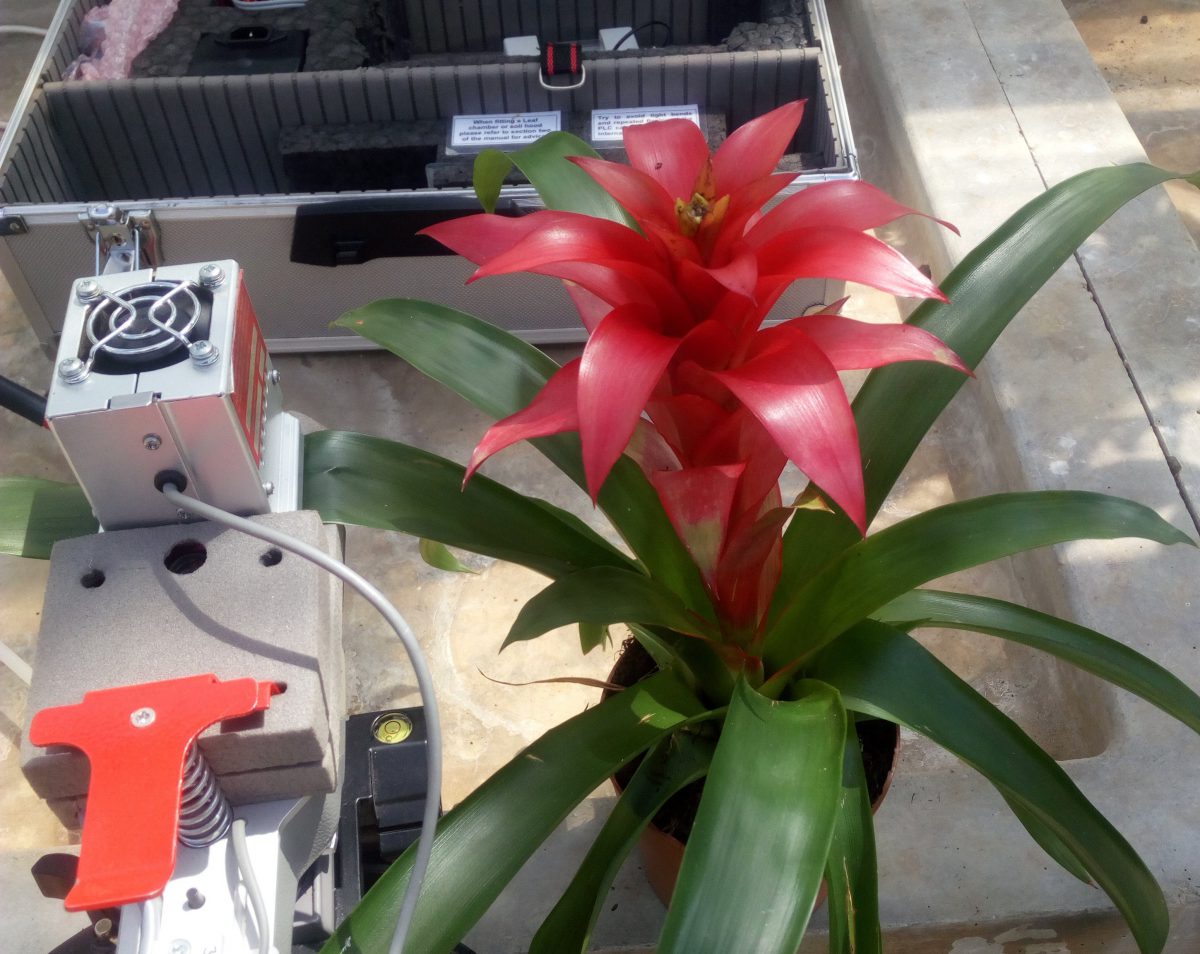How indoor plants can improve our health - BRE Group
How indoor plants have a positive impact on our health
Biophilic integration in the work place is still a relatively new concept, however with scientific evidence signifying multi-faceted and numerous advantages, it is only growing. Plants can deliver an array of benefits indoors, providing improvements in human health, building energy consumption and productivity. This integrational approach will significantly improve environments we both live and work in.
My research predominately focuses on simple, cost effective houseplants, and determining if they can bring significant improvements in improving indoor air quality. Poor indoor air quality – and namely the airborne pollutants that contribute – causes an array of health issues from mild sensory irritations to cancer. As we spend more than 20 hours a day indoors in western Europe, the quality of the air we breathe must be taken seriously.
Indoor plants – both houseplants and species rich green walls – have been shown to remove a number of airborne pollutants including certain VOCs, CO2, ozone and particulate matter. My research has focused mainly on CO2, an often-overlooked pollutant which causes significant issues concerning health, productivity and absenteeism at in-situ concentrations.

Concentrations of CO2 indoors are primarily dependent on occupancy levels – humans exhale significant amounts of CO2 – and ambient concentrations, which are predicted to rise in the future. Average daily concentrations of CO2 are commonly measured at > 1000 ppm with crowded offices often measuring up to 2500 ppm. ASHRAE recommend a maximum eight-hour concentration of 1000 ppm, but significant decreases in cognitive performance and decision making have been found at 950 and 600 ppm respectively.
My research has determined that at high light levels – made possible with specific light installations – significant removal of CO2 occurred, via more vigorous plant species i.e. the peace lily. Experiments also found that in the dark and at typical indoor light, species were mostly respiring i.e. releasing CO2 into the environment - the amount however, can be considered negligible at room scale.
Future experiments in this area are focusing on green walls – where there is the ability to fit a greater density of plants into a smaller space – which provide more effective pollutant removal and have measured significant impacts on the room scale. Additionally, longer term experiments such as BRE’s Biophilic Office project will provide valuable evidence on the effects of seasons and negate some of the issues with inconsistent occupancy and daily tasks which effect short term office experiments.
For more information on the above described experiments, our group has recently released a paper on CO2 removal and relative humidity regulation indoors (https://doi.org/10.1007/s11869-018-0618-9). Additionally, if anyone would like to discuss the above mentioned topics further, please feel free to contact me via LinkedIn.
